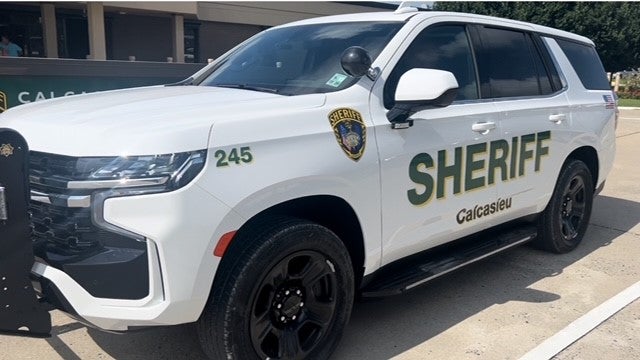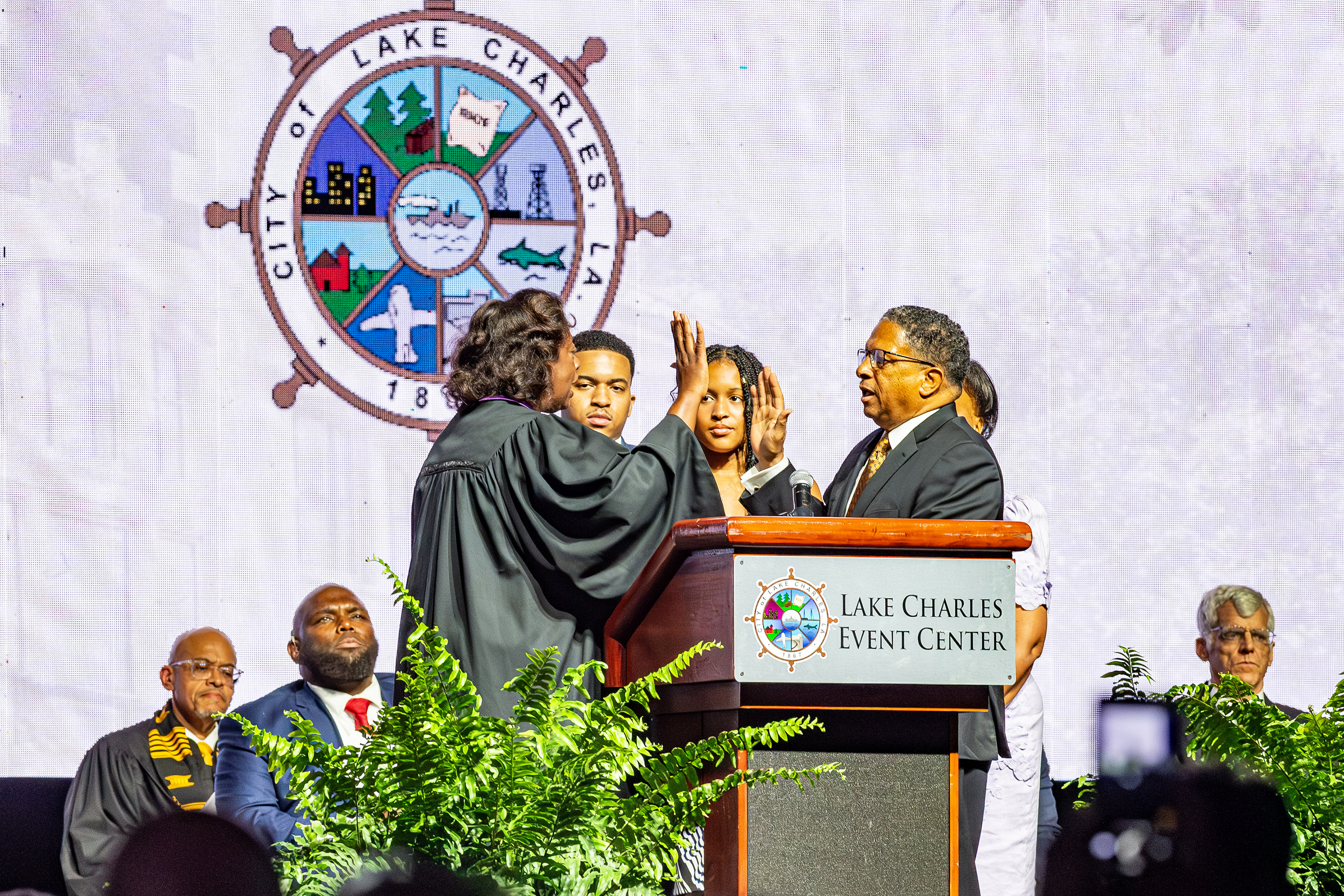Informer: CPRA: Marsh salinity too high to open boat bay
Published 11:30 am Sunday, September 8, 2013
The weirs on Calcasieu Lake have been closed most of the summer. Who controls that? They’ve almost made it a dead lake. There’s no more crabs, and the guide boats are not catching fish. What are the plans for reopening the weirs?
Officials had hoped to be able to open some of the weirs, but salinity levels in the marsh have been too high, said Chuck Perrodin, spokesman for the state Coastal Protection and Restoration Authority, which has overseen the structures’ operations since January 2012.
The lake’s five weirs — at Peconi, Mangrove, Grand, Lambert and No Name bayous — and the associated miles-long levee act as buffers between the lake, and the saltwater that flows into it, and the marsh, whose only source of freshwater is rainfall, Perrodin said.
The marsh in turn acts as a buffer between hurricanes and inland areas.
The state keeps tabs on saltwater — too much of which kills vegetation — in the marsh via remote sensors, some of which have measured salt levels that are five times higher than those in the Gulf of Mexico, Perrodin said.
The CPRA passes the salinity data on to a committee that includes scientists, and the committee — which also considers lake and marsh water levels — determines whether any weirs, including the Grand Bayou boat bay, should be opened, he said.
The target salinity level at one area along Grand Bayou is five parts per thousand, he said. Readings taken last week showed levels of 8 ppt, prompting hopes that the boat bay could be opened, but this week the monitor measured 13 ppt, he said.
Perrodin noted that the boat bay, which provides access to Cameron Prairie National Wildlife Refuge’s East Cove Unit, was open much of last year, and he said the other weirs are occasionally opened to allow for movement of shrimp and other marine life.
CPRA is trying to preserve the marsh, hurt by saltwater intrusion and tidal wave action, for future generations, and the agency plans to spend about $1 billion on restoration and protection projects in Southwest Louisiana in the coming years, Perrodin said.
“If we don’t do something, it’s going to turn into the Dead Sea. We’re saving it from that,” he said of the marsh. “It has started to come back, but it is still too salty. We don’t want to close the gates, but we have to.”
For information on access to Cameron Prairie via boat, call 855-532-9955. Perrodin said the hotline’s recording will be updated within 30 minutes of any change in access.
When the Grand Bayou boat bay is shut down, boat traffic in the refuge is prohibited, and trespassers will be prosecuted, he said. Officials have had problems in the past with people sabotaging weir gates so that they stay either open or closed, Perrodin said.
For more information on the weirs and the marsh-restoration effort along the lake, call Perrodin at 225-342-7615.
Online: http://coastal.louisiana.gov; http://lacoast.gov.
The Informer answers questions from readers each Sunday, Monday and Wednesday. It is researched and written by Andrew Perzo, an American Press staff writer. To ask a question, call 494-4098, press 5 and leave voice mail, or email informer@americanpress.com
(www.louisianasportsman.com)





